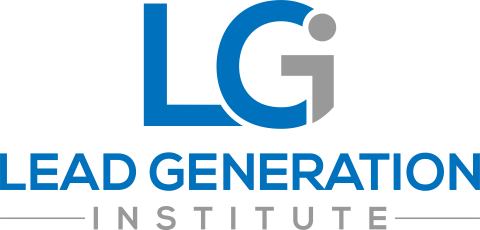Any company looking to build its brand, reach out to new prospective customers, and increase their sales, can’t ignore online advertising. It will also allow you to target your audiences more effectively by using search engines or the many social media platforms.
You will also be able to scale your operation more quickly by jumpstarting your reach and insights, which is true for both your existing target market and when shifting to a new one. That being said, there are also some potential drawbacks to online advertising.
The Pitfalls of B2B Online Advertising
Given the many ad and payment options available, it’s not unusual for things to become pretty complicated, pretty fast. It’s also not uncommon for businesses to make several mistakes when leveraging online advertising.
After all, this is not a one-size-fits-all approach, and a bit of trial-and-error will be required. But these mistakes can be quite costly. Some digital advertising strategies can chew through your ad dollars in record time, leaving you with very little to show for it.
Statistically speaking, the B2B digital ad market has reached $4.60 billion in 2018, up from $4.07 billion the year before, and 111% ($2.18 billion) of the total market in 2013. Some 70% of B2B marketers today are looking to increase their spending on digital advertising. This has reached a point where online ads represent 13% of their operating budgets, making it the biggest marketing expense, ahead of content marketing, and website optimization. Wasting that kind of money is in no one’s best interest, except maybe, your competition.
Below are several cost-effective strategies for B2B content marketers to help them avoid some of the many pitfalls of online advertising.
Content Syndication
Most of us will recognize the power that quality content has as a lead generation tool. Good as it may be, your content’s impact will be severely limited if it’s only available within your website. This is where content syndication comes into play. In short, content syndication is a way to publish your content in multiple locations by forming partnerships with other brands for mutual benefit. For a B2B company, the goals of content syndication include the following:
- Improving SEO ranking for target keywords
- Connecting with a new audience
- Generating downloads or subscriptions
- Capturing funnel-stage leads
There are also several options at your disposal to syndicate content. Please note that there isn’t a single “best way” to go about it and the results will be, in large part, dependent on your goals, channels, partners, and the content you use. That said, here are some of your options:
- Co-Marketing – Multiple brands publishing, promoting, and sharing a content asset such as a whitepaper, eBook, or research study.
- Guest Blogging – You create content for exclusive publication on another company’s site.
- Social Syndication (Content Swapping) – Two or more brands promoting each other’s content on social media.
- PPC Promotion – You employ a content syndication service to advertise your assets on relevant sites or search engines.
- Press Releases – Create a news-style article that links back to a content asset or landing page and can be distributed on various online media outlets.
PPC Advertising
Aside from being a great lead generation tool at the top of the sales funnel and a good way of targeting specific audiences, PPC advertising also helps you budget your spending more effectively. Paying per click effectively means that you’re only giving money for guaranteed website traffic. Though, how you set up your PPC campaign will impact its overall effectiveness; this is a more targeted and effective approach than other online advertising strategies.
Google is the obvious candidate when using a PPC campaign. Nevertheless, you shouldn’t ignore other search engines like Bing, for example. While this search engine is unlikely to bring you similar volumes of conversions, there’s a strong chance it will be a lot more efficient in terms of CPC’s and CPA’s. It’s also important to remember that Bing is the default search engine for Edge, which is the default browser for Microsoft Windows, the primary operating system for many businesses.
LinkedIn Ads
Social platforms can do wonders for a business, but most focus on B2Cs. LinkedIn, the most professional of the bunch, is the platform that is most effective for B2B businesses, but it’s severely underused. The fact that you won’t see as many ads on LinkedIn as opposed to other social platforms attests to this. This is an excellent opportunity for those looking to use LinkedIn Ads.
The ROI cannot be understated, either. Hubspot reported on their one-year use of LinkedIn Ads and found that it had a conversion rate of 6.1%. By comparison, Google Ads generated a conversion rate of 2.58%. And even though the CPC on LinkedIn was at $5.74, as compared to Google’s $3.35, the cost-per-lead on LinkedIn was $90 and $125 on Google.
For more information on B2B lead generation, contact us directly or subscribe to our newsletter.




